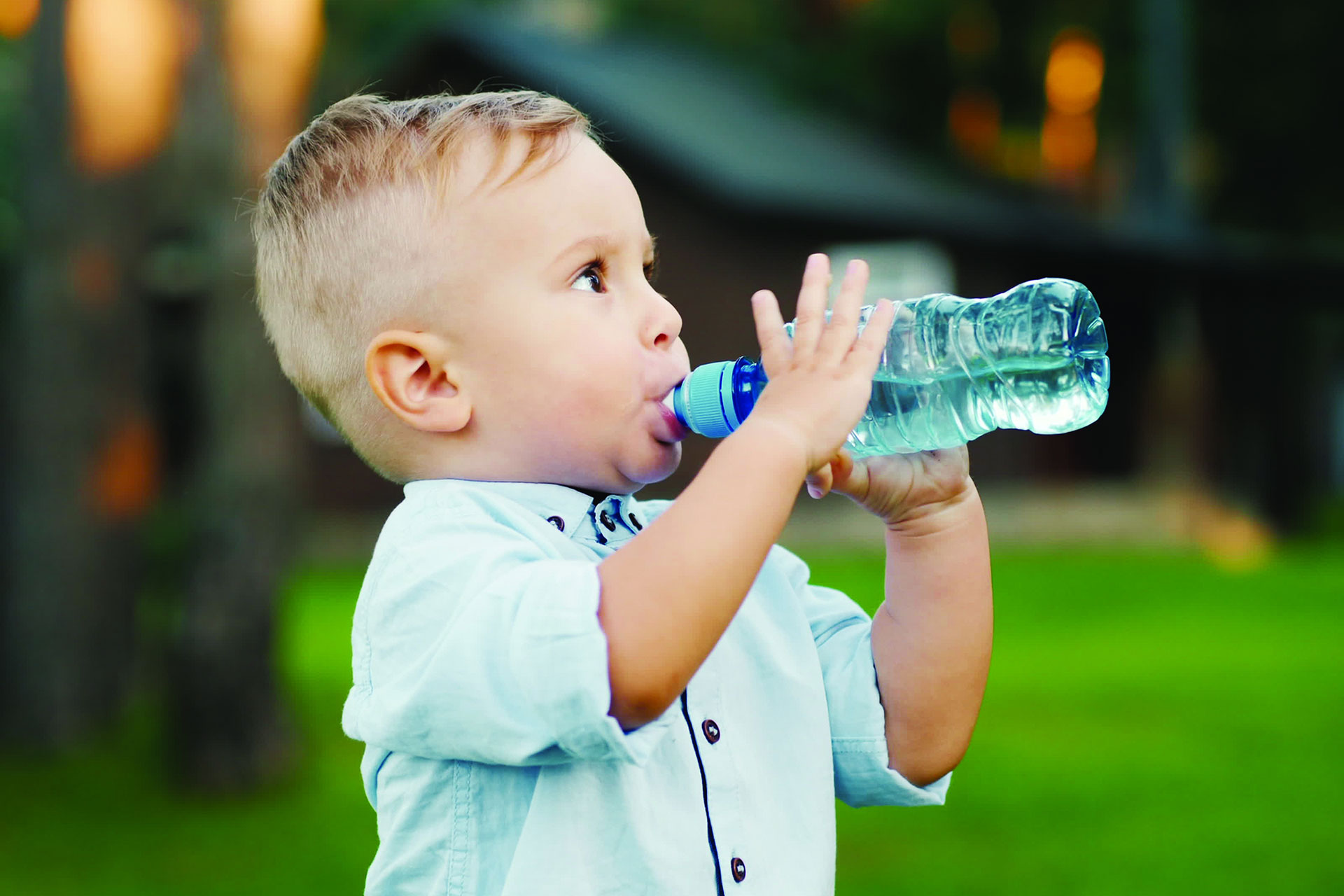


The period from birth to five years old is a time of rapid physical and developmental growth for children. During these years children learn a lot of new skills like feeding themselves, communicating with others, and expressing their feelings. They are like sponges absorbing new information rapidly and curious about their environment and surroundings – including what they eat and drink. The foods and beverages you offer children early in life can shape their food preferences and behaviors into adulthood. Consuming too many sugar-sweetened beverages can lead to too much weight gain in childhood. Children’s tummies are small, so drinking a lot of beverages can decrease their appetite and the amound of food they eat at mealtimes.
Here are some beverage choices, suggested amounts by age group, and ways to offer drinks to them as they grow. Let’s look at beverage recommendations by the American Academy of Pediatrics (AAP) and start with the obvious choices: water and milk.
6 – 12 months
12 – 24 months
2 – 5 years
½ – 1 cup per day
1 – 4 cups per day
1 – 5 cups per day
6 – 12 months
½ – 1 cup per day
12 – 24 months
1 – 4 cups per day
2 – 5 years
1 – 5 cups per day
12 – 24 months
2 – 5 years
2 – 3 cups
whole milk per day
2 – 2½ cups
1% or non-fat milk per day
12 – 24 months
2 – 3 cups
whole milk per day
2 – 5 years
2 – 2½ cups
1% or non-fat milk per day
Side-Lying Hold
This hold is useful when:
Cross-Cradle Hold
This hold is useful when:
Clutch or “Football” Hold
This hold is useful when:
Cradle Hold
This hold is useful when:
Laid-Back Hold
This hold is useful when:
Share
Share this link via: